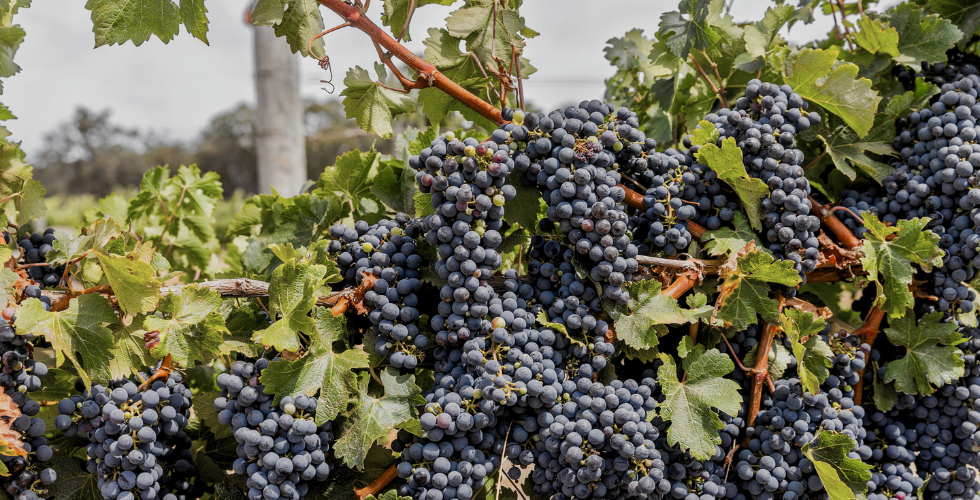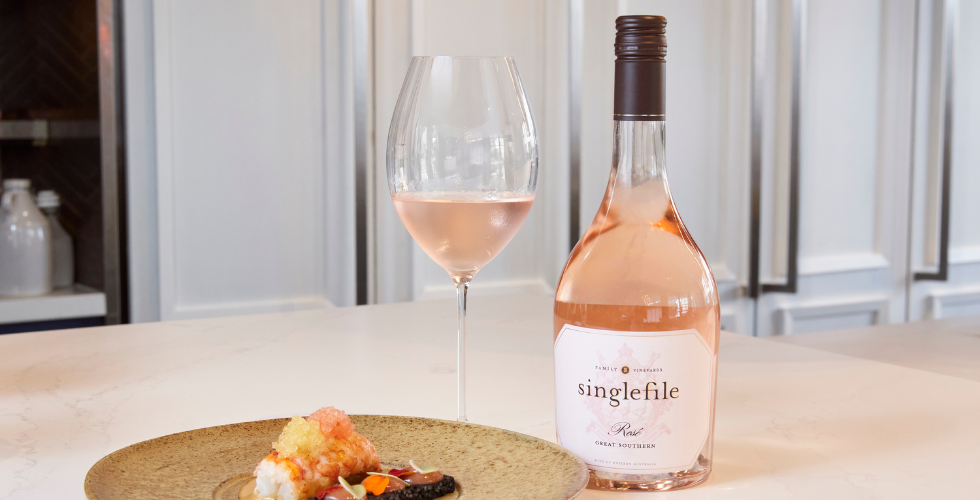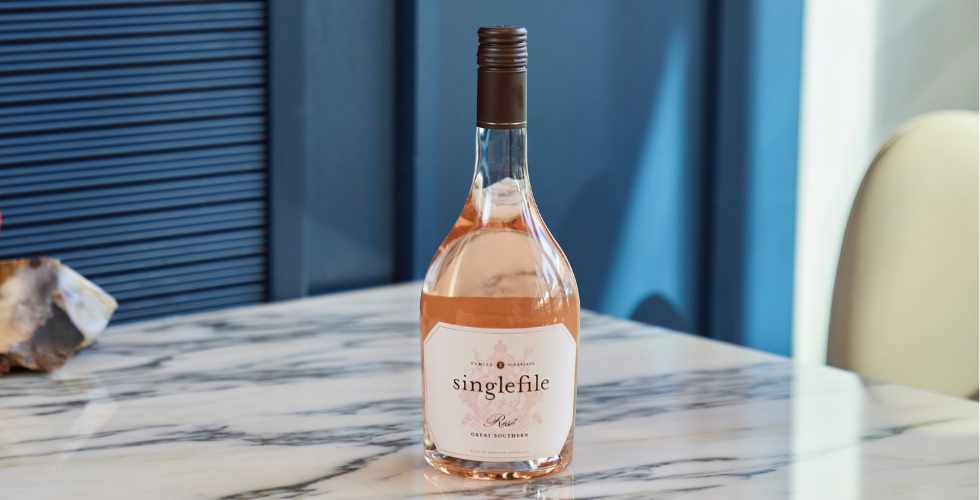The Evolution of Rosé Wine: Why it’s More Popular than Ever
A Brief History of Rosé
Rosé’s origins trace back thousands of years, with its story woven into the cultures of the Ancient Greeks and Phoenicians. Around 1550 B.C., the Phoenicians began cultivating grapes and bringing their winemaking practices to Massalia—modern-day Marseille. These practices were then embraced and expanded by the Romans, who brought their influence to Provence.
In those early days, red wine was often diluted with water to make it more palatable, or blended with white wine to achieve lighter styles. This method stemmed from the belief that undiluted wine could lead to madness. Ironically, wine became the safer choice in regions where water sources were scarce or contaminated, making rosé-style beverages some of the earliest ‘wines’ consumed regularly. Provence, with its access to Mediterranean trade routes, quickly became a hub for this pale and refreshing wine style, a status it still enjoys today.
A Shift in Craft and Quality
The 90s: A Time of Shiraz Rosé and Stereotypes in Australia
The 1990s marked an interesting chapter for rosé in Australia. Known then for its bright pink appearance and sweet red fruit flavours, rosé gained a reputation as a casual, less serious wine. Shiraz rosé dominated the scene during this era, with its approachable style making it popular in bottle shops and on wine lists. However, this era also fostered stereotypes about rosé being overly sweet or simplistic.
From Afterthought to Artistry: How Modern Winemakers Are Redefining Rosé
Rosé has undergone a remarkable transformation in recent years, moving beyond its reputation for overly sweet styles to become a wine of elegance and sophistication. Modern winemakers, particularly in regions like Provence and the Great Southern, have embraced Mediterranean varietals such as sangiovese, grenache, and cinsault—grapes that are naturally suited to producing vibrant, dry rosé with balance and complexity. This shift away from shiraz-based rosé has allowed for a more refined expression, with bright acidity, delicate fruit, and a savoury edge. As a result, rosé is now recognised not just as a refreshing summer drink but as a versatile and high-quality wine enjoyed by casual drinkers and connoisseurs alike.
A key part of this evolution is the move away from the saignée method, which means “to bleed” in French. Traditionally, this process involves draining off a portion of juice from red wine fermentations to create rosé, leaving behind a more concentrated red wine. While this method can result in structured and flavourful rosés, the bled juice is often an afterthought—leading to wines that can lack complexity and intent. Even in Provence, where rosé is revered, the saignée method is often seen as a compromise rather than a dedicated approach.
Instead, modern winemakers are crafting rosé with intention, using grapes grown specifically for the style rather than as a byproduct of red wine production. By investing in Mediterranean varietals that are naturally suited to producing expressive, balanced rosé, these wines achieve greater depth, freshness, and finesse. This commitment to quality has played a major role in the rise of rosé’s reputation, solidifying its place as a wine of substance rather than just a seasonal indulgence.

The Influence of Millennials
How Millennials Brought Rosé Back into Vogue
The early 2010s marked a turning point for rosé, largely driven by the rise of Instagram and millennial social media culture. Its eye-catching pink hue, affordability, and light, refreshing style made rosé the drink of choice for young millennials, especially women, who discovered a wine that was as aesthetically pleasing as it was easy to enjoy.
Popular Instagram account (now a wine brand) Yes Way Rosé amplified this trend, creating an aspirational lifestyle around the wine that resonated with millennial audiences. Rosé became synonymous with carefree brunches, sunny picnics, and stylish gatherings—moments ideal for capturing and sharing online. This digital momentum helped establish rosé as a cultural phenomenon and a go-to choice for millennials around the globe.
Rosé Wine in 2025
Gone are the days when rosé was primarily associated with overly sweet, syrupy wines. Influenced by shifting palates and growing familiarity with premium Provence-styled rosés, today’s wine enthusiasts are gravitating toward dry and sophisticated styles. These wines showcase nuanced flavours, delicate acidity, and refined structures, appealing to seasoned wine drinkers and casual sippers alike. Producers around the world have embraced this evolution, focusing on crafting high-quality rosés that showcase the expressions of premium fruit.
Rosé’s Market Share Worldwide
Rosé has seen a remarkable rise in global popularity, with its market share increasing steadily over the past decade. As of recent reports, rosé accounts for approximately 10% of all wine consumption worldwide, a testament to its universal appeal. France leads the charge as the largest producer and consumer of rosé, while countries like the United States, Australia, and the United Kingdom have also embraced the category.
This growth isn’t just limited to traditional markets—emerging wine regions and younger demographics are contributing to rosé’s ongoing success. With its ability to transcend seasons, cultures, and occasions, it has secured its position as a wine of choice for both casual drinkers and connoisseurs.
Rosé and the Great Southern
How Rosé Found Its Place in Western Australia
In Western Australia’s cool-climateGreat Southern region, rosé has become an increasingly popular style. Known for its warm summers tempered by cool coastal breezes, the region produces vibrant and refreshing wines. The combination of these conditions and a focus on Mediterranean varietals has paved the way for crafting unique, high-quality rosé wines.
While Provence may be the global epicenter of rosé, the Great Southern offers its own unique spin, with winemakers embracing rosé with creativity and enthusiasm. On a hot summer day, there’s nothing quite like a glass of chilled rosé—a sentiment that resonates locally and globally.

Singlefile Great Southern Rosé: A Testament to Passion and Quality
Singlefile’s rosé is a celebration of the elegance and versatility that define this style. Inspired by co-founder Pam Corbett’s travels through Bandol, in the Provence-Alpes-Côte d'Azur in France, the wine is crafted in a dry, contemporary Provence style, carefully balancing fruit flavour, savouriness, and refreshing acidity. With every sip, it reflects the passion we pour into each bottle—a wine made to enjoy in any setting, from sunny afternoons to sophisticated evenings.
Sangiovese in Focus: A Mediterranean Inspiration in WA
Our 2024 rosé is crafted from the Mediterranean varietal sangiovese, grown in small quantities in Western Australia’s Great Southern region. Known for its bright acidity and balanced flavours, this grape is ideal for producing premium dry and balanced rosé.
Picked at peak ripeness, the grapes are handled gently to create a delicate salmon-pink wine with nuanced flavours of cranberry, orange skin, and spices. With a refreshing, textural finish, our rosé embodies the Mediterranean spirit while capturing the essence of an Australian summer.
By focusing on meticulous vineyard management and minimal intervention winemaking, we ensure that every bottle reflects both the purity of fruit and the elegance of this style. Whether enjoyed on its own or paired with a thoughtfully curated meal, Singlefile’s rosé is designed to bring people together, capturing the essence of relaxed yet refined enjoyment.

